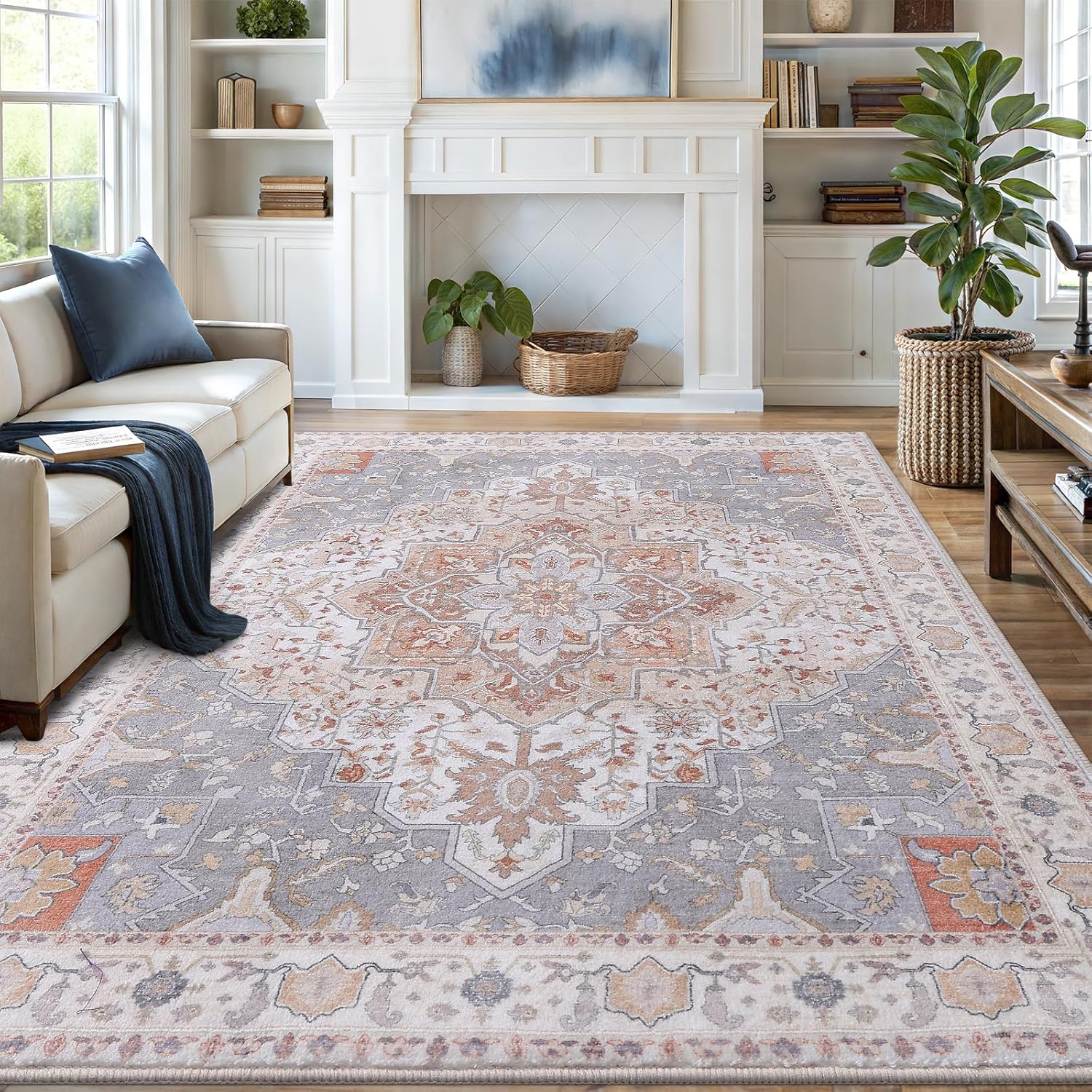To avoid footprints after mopping, use a microfiber mop, ensure the floor is well-dried, and consider using a floor finish to repel dirt and moisture.
Footprints after mopping can ruin the look of your freshly cleaned floors. Whether you have laminate, hardwood, or luxury vinyl plank flooring, these marks make surfaces appear dirty. The good news? With the right techniques, you can prevent this frustrating issue.

Why Do Footprints Appear After Mopping?
Understanding the causes helps you avoid footprints. Common reasons include:
- Residue buildup: Many cleaners leave a film that attracts dirt and shows footprints.
- Excess moisture: Wet floors take longer to dry, making them prone to marks.
- Wrong cleaning products: Some solutions create sticky surfaces that trap dirt.
- Floor type: Dark floors and matte finishes show footprints more easily.

Best Methods to Prevent Footprints
1. Use the Right Cleaning Solution
Avoid oil-based cleaners that leave residue. For most floors, a simple vinegar solution works best:
- Mix 1 cup white vinegar with 1 gallon warm water
- For tough buildup, increase vinegar to 2 cups
- Never use soap-based cleaners that leave film
For engineered wood floors, use pH-neutral cleaners specifically designed for wood surfaces.
2. Change Your Mopping Technique
Proper mopping makes a big difference:
- Use two buckets – one for cleaning solution, one for rinse water
- Change rinse water frequently as it gets dirty
- Wring mop thoroughly – floors should be damp, not wet
- Mop in small sections and dry immediately
3. Dry Floors Quickly
Speed up drying time to prevent footprints:
| Method | How It Helps |
|---|---|
| Use microfiber towels | Absorbs moisture quickly |
| Turn on ceiling fans | Improves air circulation |
| Open windows | Reduces humidity |
4. Maintain Floors Between Cleanings
Regular maintenance prevents buildup that causes footprints:
- Sweep daily with a microfiber dust mop
- Use doormats at all entrances
- Clean spills immediately
- Consider rental property floor maintenance techniques for high-traffic areas
Special Considerations by Floor Type
Laminate Flooring
Laminate shows footprints easily. Avoid steam mops and excess water that can seep into seams. According to Surya Click, mineral spirits mixed with water (50/50) can help prevent marks.
Hardwood Floors
Never use wax or polish on sealed hardwood. As noted by PRO Flooring, vinegar solutions work best to remove buildup without damaging the finish.
Luxury Vinyl Plank (LVP)
Many LVP owners report footprint issues. Stick to manufacturer-recommended cleaners and avoid products like Windex that can leave residue.
Advanced Prevention Tips
For persistent problems, try these solutions:
- Apply floor polish designed for your specific flooring type
- Use an anti-static treatment to reduce dirt attraction
- Consider professional deep cleaning to remove stubborn buildup
- For pet owners, place mats near water bowls to catch drips
Remember that prevention is easier than removal. By establishing proper cleaning routines and using the right products, you can keep your floors looking pristine without constant maintenance.

